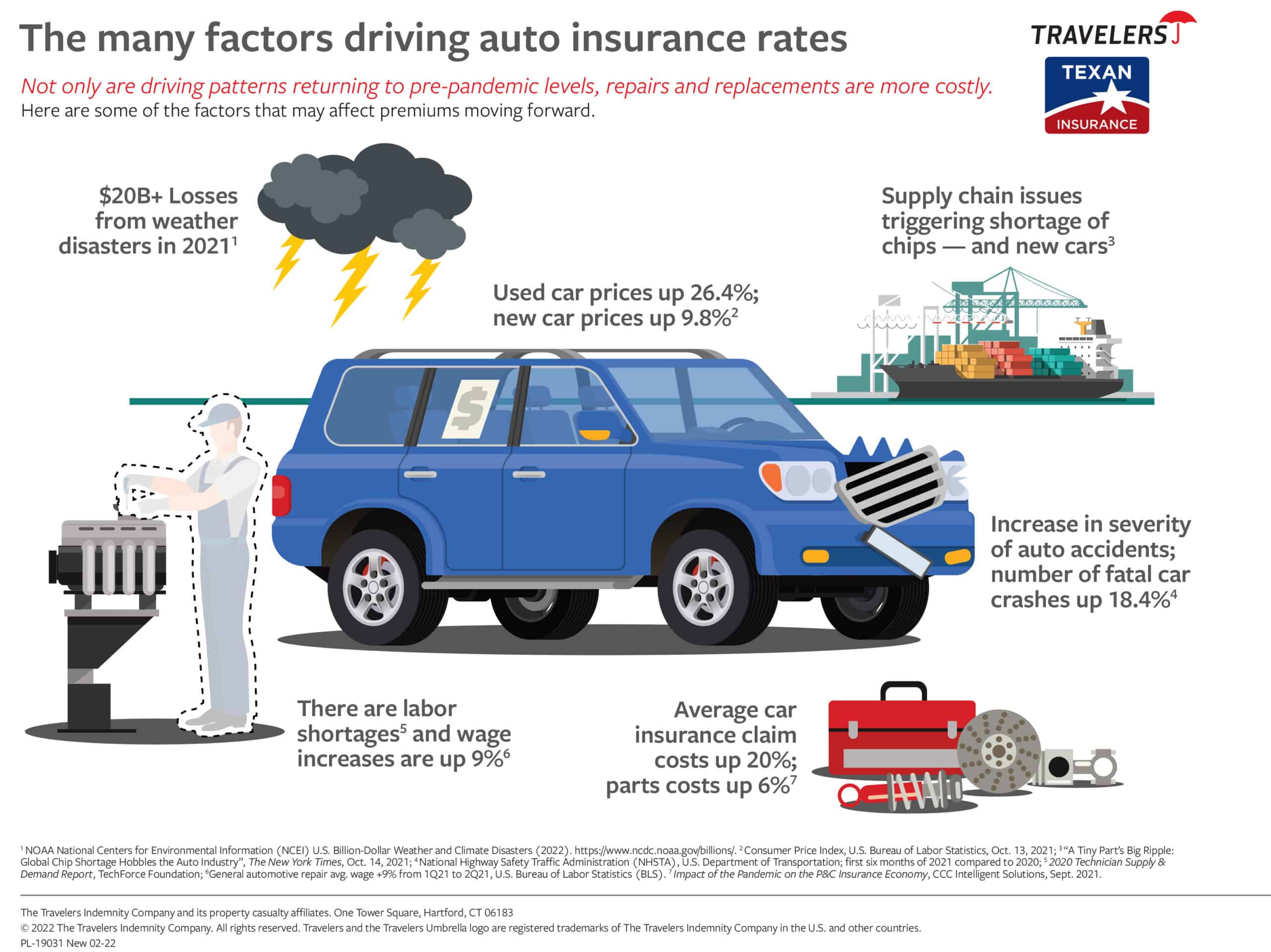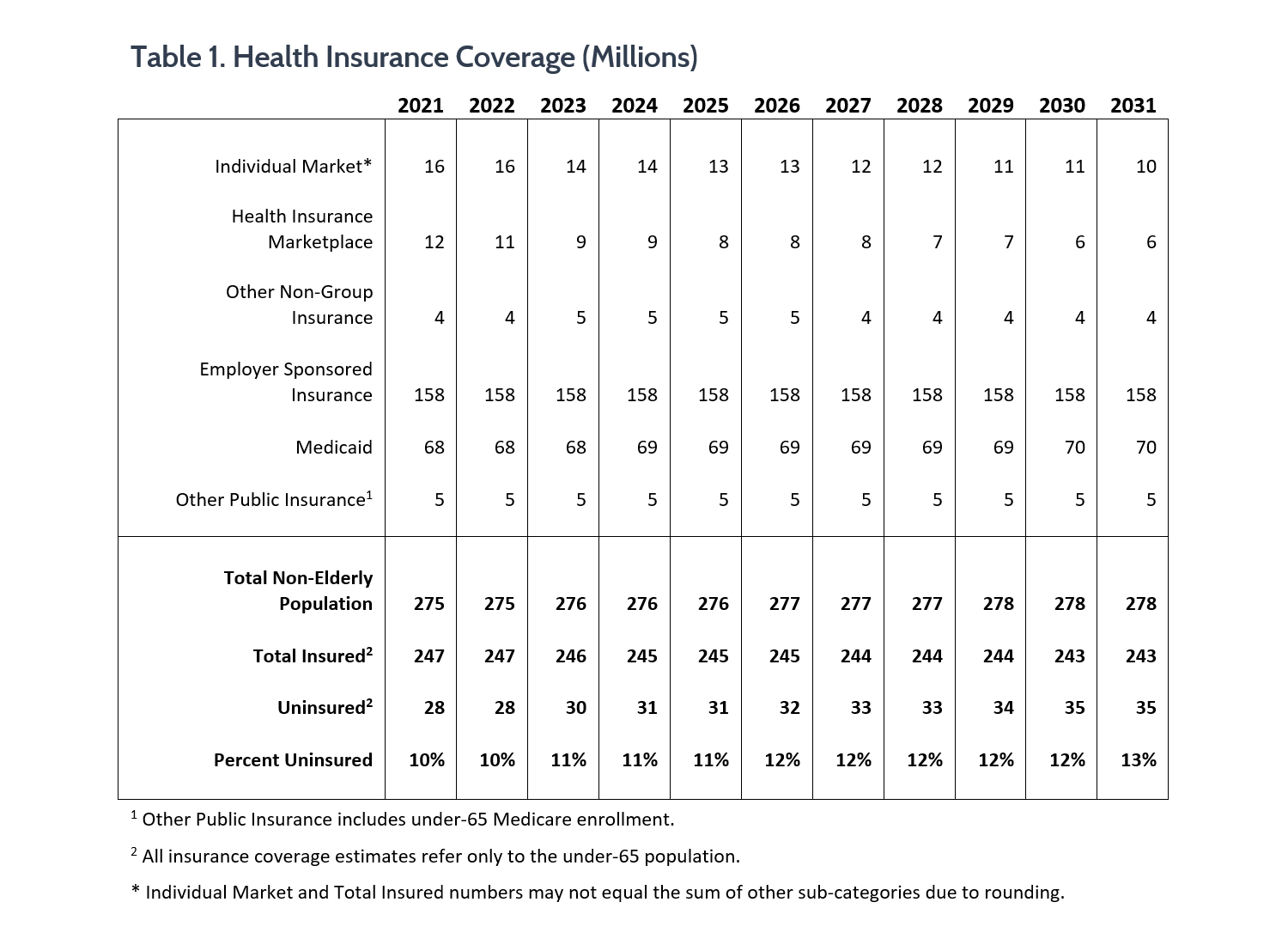
When you are buying pet insurance, it is crucial to understand the details. Most plans will only cover unavoidable illnesses or accidents. These plans don't include pre-existing and preventative healthcare. In order to get the most comprehensive coverage, you should purchase a plan with wellness benefits.
Comprehensive coverage
Comprehensive pet insurance provides coverage for a variety of medical expenses, including vaccinations and annual wellness checks as well as long-term illnesses and surgeries. All prescription medications, eye and/or ear drops, antibiotics and other medical expenses are covered. Some policies cover pre-existing diseases. It is crucial to know what your insurance policy covers, and which options will be best for you pet.
Comprehensive pet insurance covers a wide range of conditions, including hereditary illnesses and diseases. It also covers ongoing care and diagnostic tests. For example, dental care is covered up until a maximum $1,000/year. It also covers treatment for genetic diseases and other illnesses. The coverage is renewed automatically once the pet has been covered by an insurance plan.

Exclusion of pre-existing conditions
If you're buying pet insurance for your dog, it's important to know what is covered and what isn't. You may not be covered for certain pre-existing medical conditions. These conditions can include degenerative or chronic diseases. For example, if your dog has chronic diarrhea, it might be excluded from coverage for 12 months.
Pre-existing conditions are not covered by most pet insurance policies. However, there are exceptions. Certain plans will cover conditions and illnesses that are "pre-existing" but not all. Many companies also offer coverage for genetic or hereditary disorders. These policies will be specific to the insurer.
Co-insurance excess
Your pet's age, health status and other factors may require you to pay an extra amount as part of your pet insurance policy. Some insurers require that you do this. Others don't. For any co-insurance clauses, make sure you read your policy. A pet insurance policy without compulsory co-insurance may be more affordable.
When comparing policies, be sure to consider the excess for each condition. Some policies have an excess amount that is fixed, while others can be adjusted. Also, consider your location and the age of your pet.

Annual deductible
Annual deductible pet insurance plans are ideal for budgeting and are flexible as you only have to meet the deductible once during the policy year. This allows you to take your pet to a vet as many times as necessary. This way you won't have to worry about incurring high bills every time your pet needs a visit to the vet.
A per-incident deductible is also an option for pet insurance. This deductible does not apply if you take your pet to the vet. Each new incident counts separately. Per-incident deductibles reset with every incident, and are not subject to annual deductibles. If your pet is ill or injured, a per-incident deductible will be higher than an annual one.